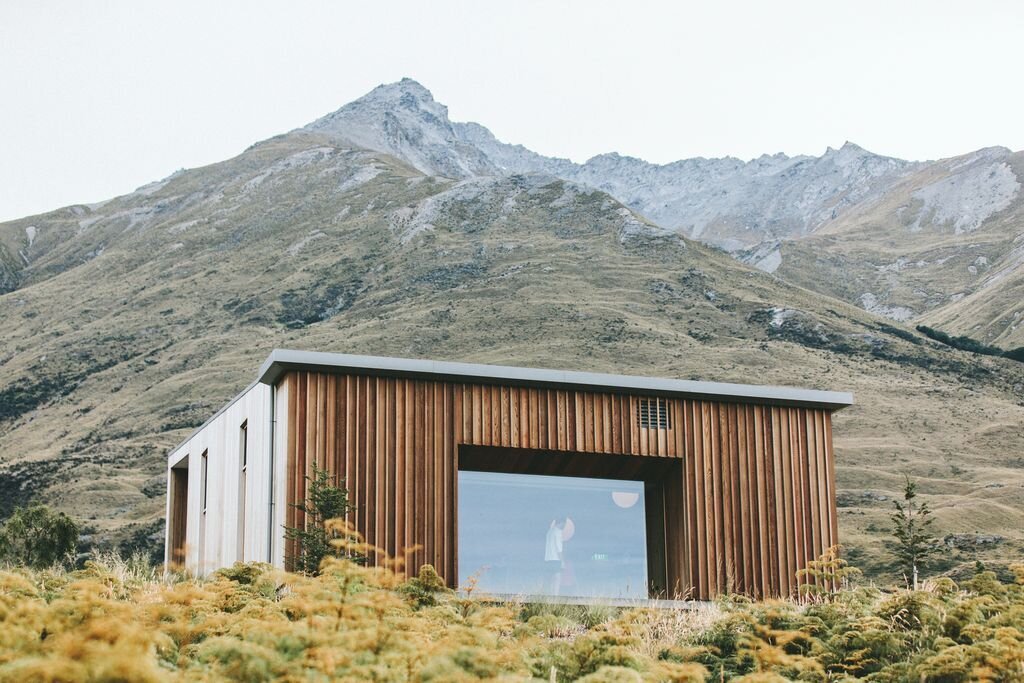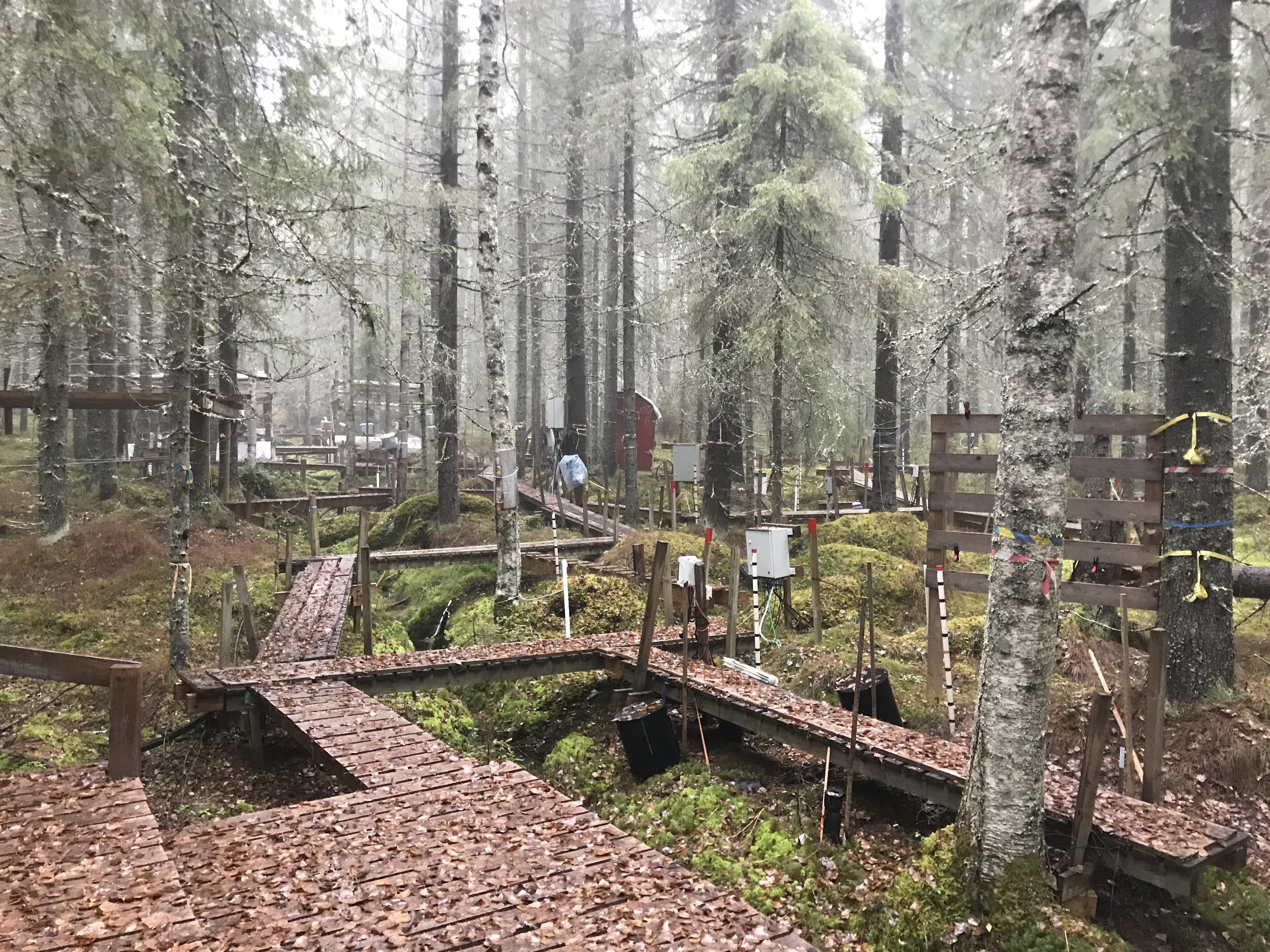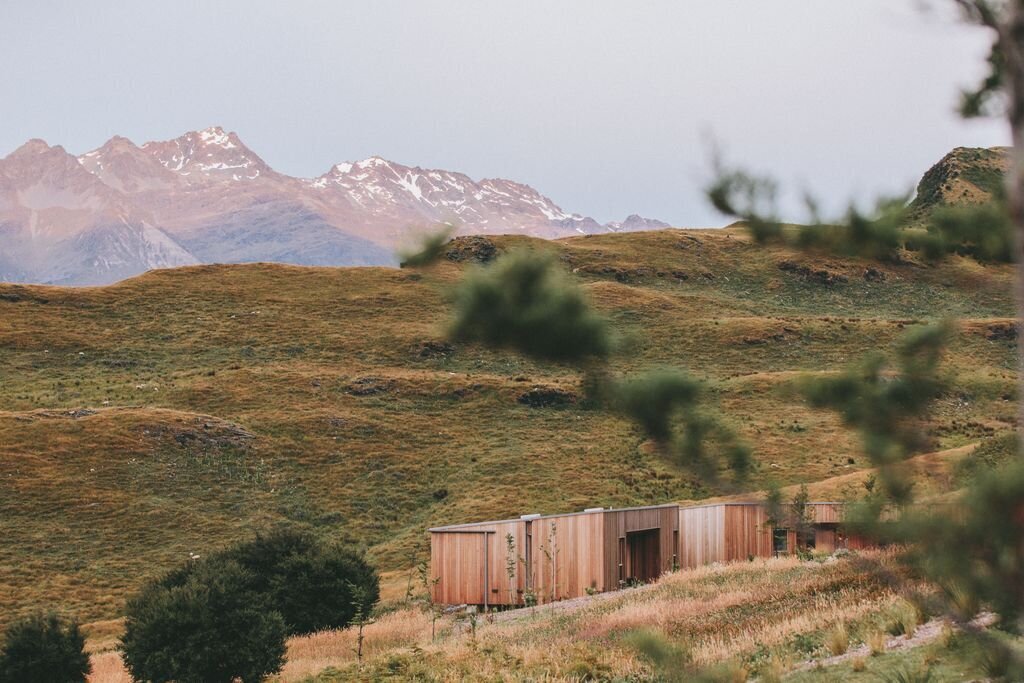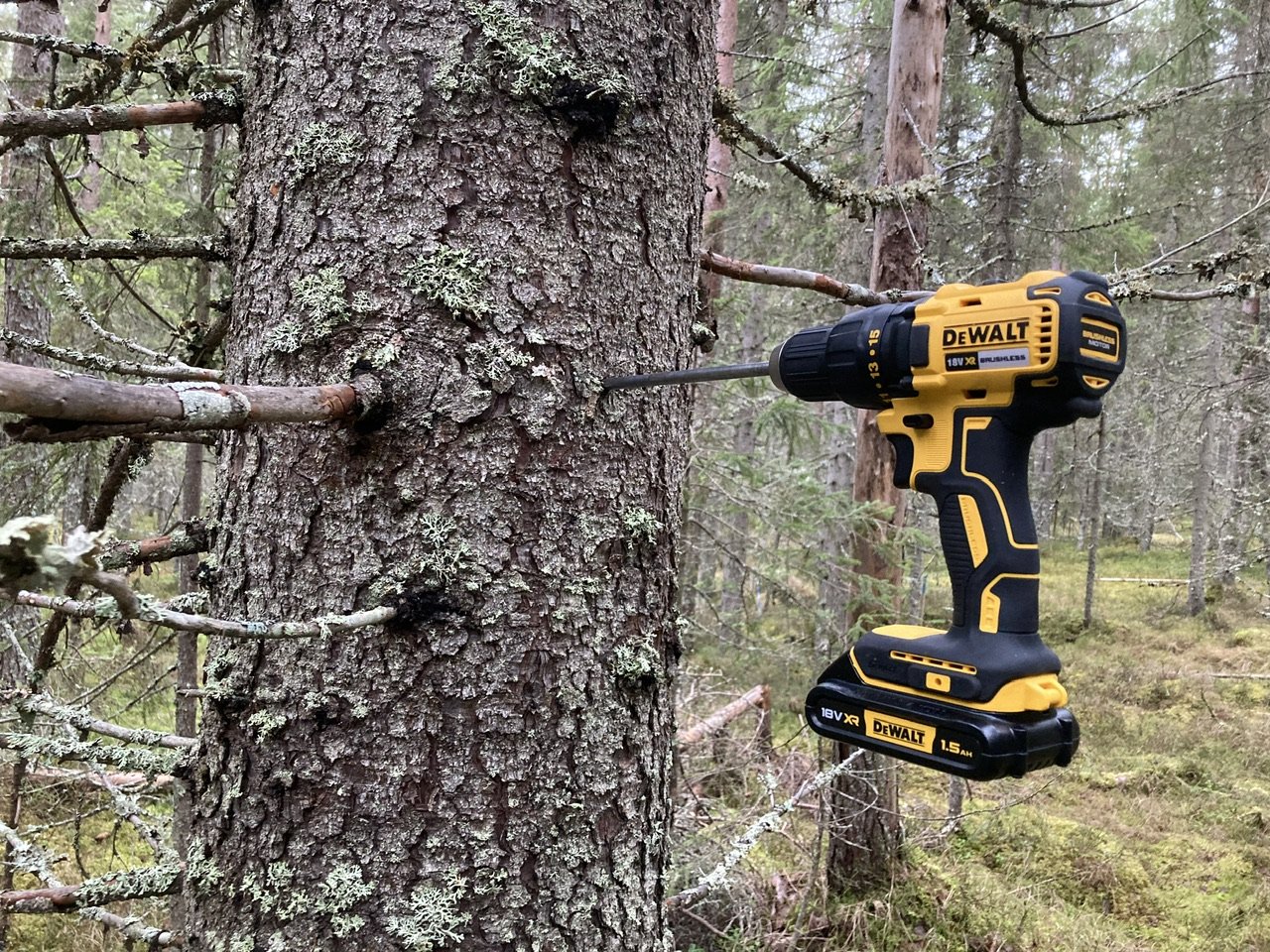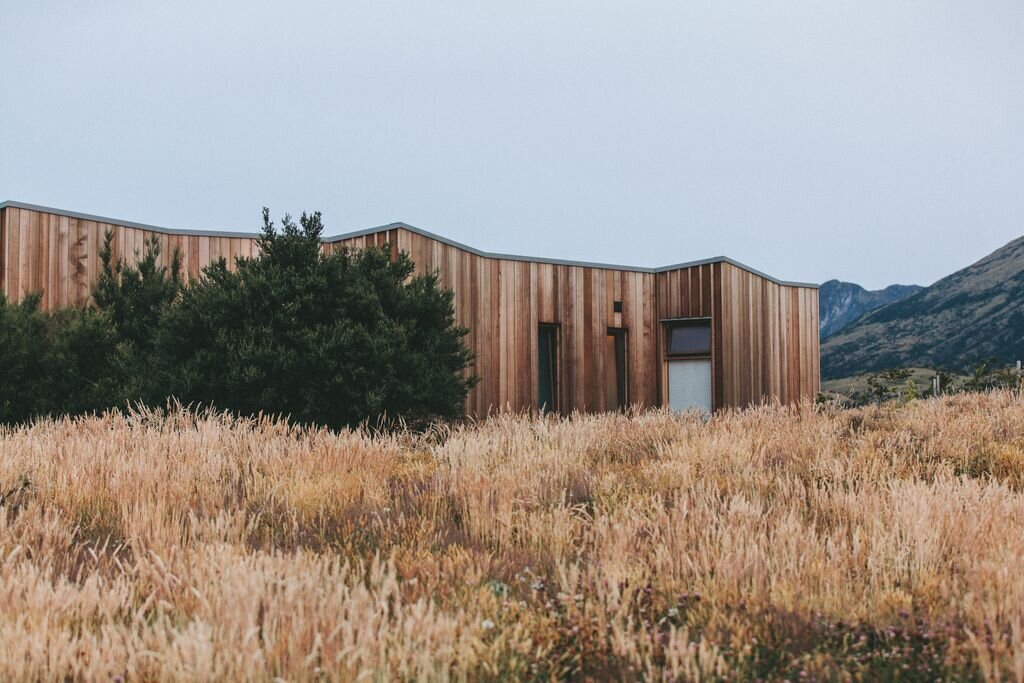
Long-term transpiration trends in boreal forests
Project info
Status: Active
Span: 2016-Today
Location: Svartberget Research Station, Vindeln, Sweden
Responsible contact: Jose Gutierrez Lopez (Jose.Lopez@slu.se)
Summary
The objective of this project is to understand how tree-level transpiration in mature mixed boreal forests is affected by environmental variables. We also want to create the longest and most accurate estimates of tree-level transpiration in mixed boreal forests, ever.
The longest continuous sap flow record anywhere
This project was started in the summer of 2016 and the method of choice was heat dissipation. We started this project with three sites, and more than 50 sensors per site. When we added validation sensors, the project was running more than 170 sensors. The reason for the many sensors was that the original design considered all aspects of sap flow: radial profiles and circumferential variations. Unfortunately, the heat dissipation method maintains a heated bubble around the heat source of about 20-30 ºC, and consequently generates large amounts of scar tissue. In 2024 we got funding to renew all sites, and the method of choice was heat pulse. The heat pulse method increases sapwood temperature to less than 1ºC from baseline temperature, and since we collect data every 30 minutes, the sapwood has time to return to pre-pulse temperatures. For us, this is very important as a lot of our research relies on stem water and the stem temperature in general, remaining as unaffected as possible. We have at least three years with overlapping heat-dissipation/heat pulse data, to properly calibrate both methods.
With current stand transpiration measurements, we have been able to model transpiration back to 1990s. The challenge now is to develop the tools that can allow us to increase the reliability of these estimates.
A global network of environmental sensors: The ICOS Network
This project is being conducted under the footprint of the ICOS (Integrated Carbon Observatory System) tower. Our ICOS tower (actually a mast) is a 150 m tower with a vast array of environmental and ecosystems sensors. While its focus is on carbon fluxes, the tower is equipped with a comprehensive set of sensors. See the full list of atmospheric, and ecosystem variables. This means that our measurements, and the models we adjust from them, are scalable to other sites where the ICOS network exists.
Research output
Image gallery



